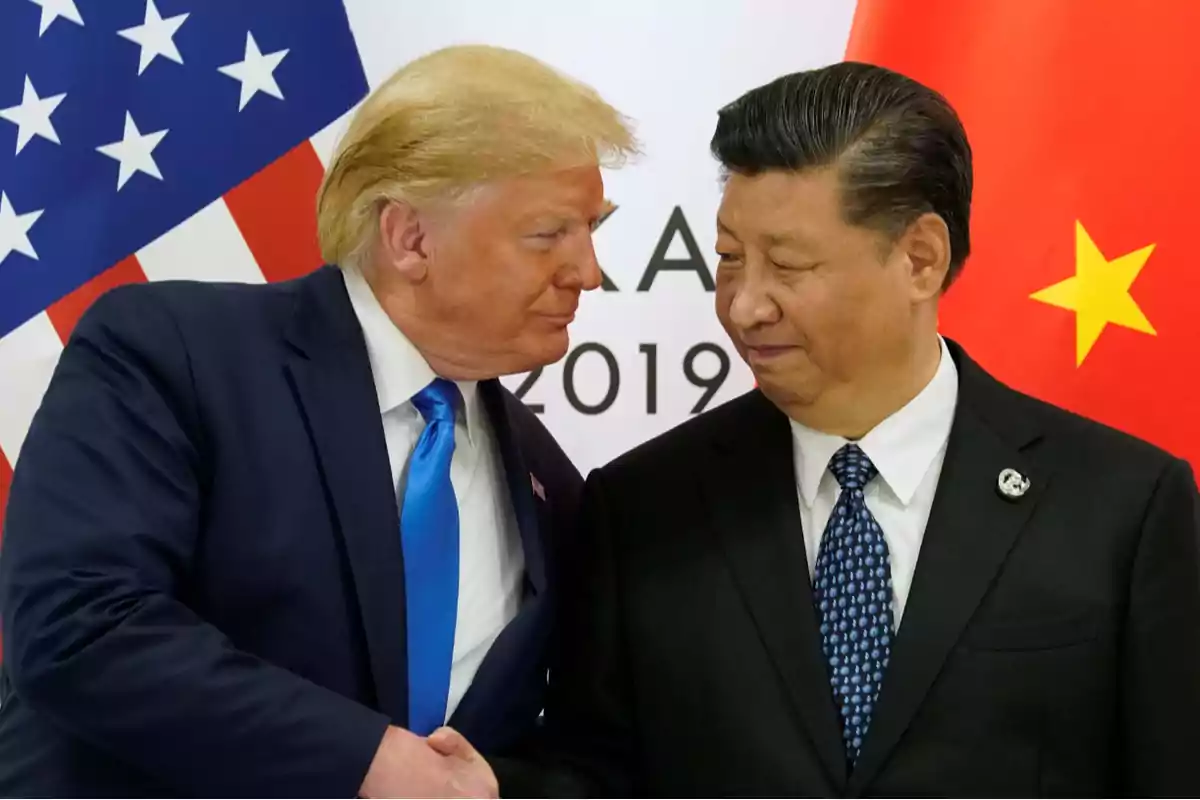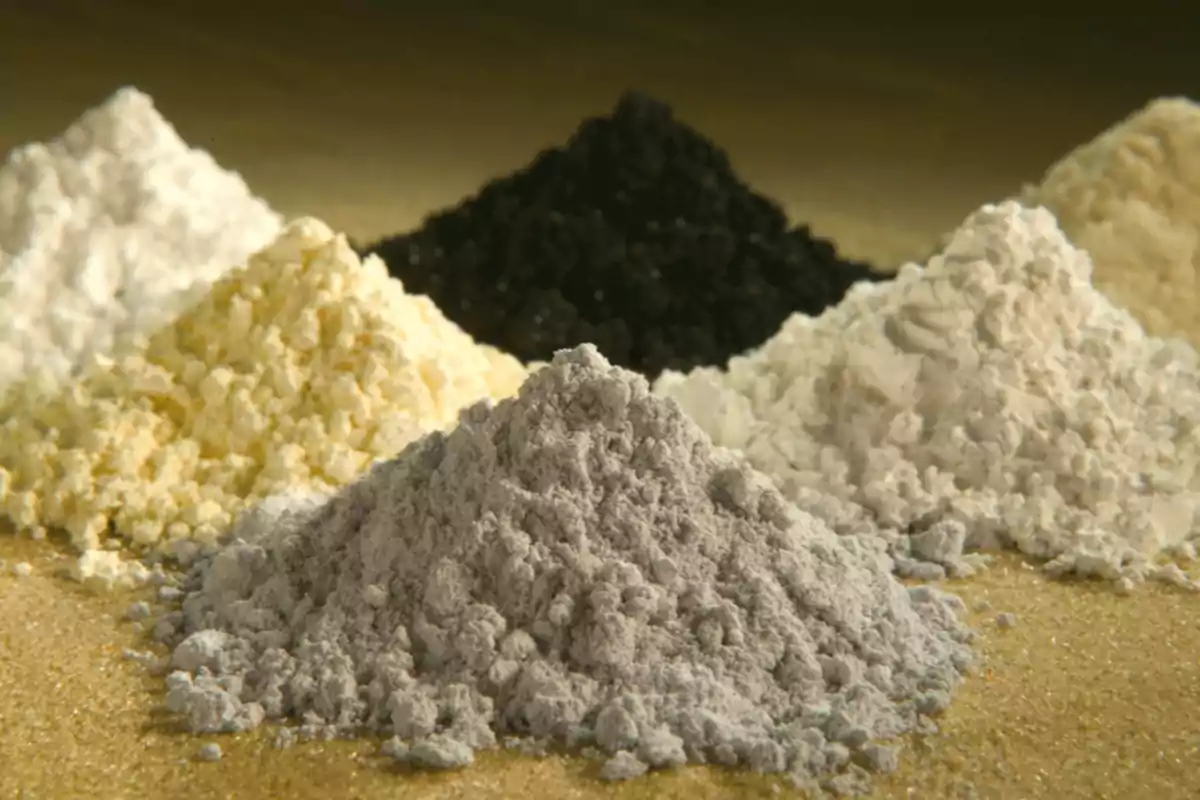
Trump strikes a trade deal with China: what happens to rare earths and tariffs
The agreement includes rare earths, differentiated tariffs, and educational access for Chinese students
Donald Trump surprised this Wednesday with a relevant announcement for global trade. Through his Truth Social network, the U.S. president announced that he had reached a new agreement with China. According to his statement, only the final approval between him and his counterpart Xi Jinping remains.
"Our agreement with China is closed", wrote Trump. He added that the pact includes the early supply of rare earths and magnets, elements vital for industries such as defense, technology, and electric vehicles.
As part of the understanding, the United States will admit Chinese students to universities and colleges, a measure that Trump described as "historically positive". This decision represents a shift from the restrictions imposed during his first term.
Tariff details and official reactions
One of the most notable aspects of the agreement is the tariff scheme. Trump stated that the United States will obtain 55% in tariffs on Chinese products, while Beijing will receive 10%.
Although the Republican did not provide details on dates or implementation, he emphasized that "the relationship is excellent."

Hours before the announcement, negotiators from both powers had confirmed from London a "principle agreement on a general framework". The talks took place at Lancaster House and included the participation of senior officials.
Chinese representative Li Chenggang reported that the agreement will be submitted to the leaders for approval. Meanwhile, U.S. Secretary of Commerce Howard Lutnick said that the pact solves tensions regarding access to rare earths, whose supply had been considered "too restricted" by Washington.
Previous scenario: de-escalation and trade tensions
The negotiations in London took place one month after the agreement reached in Geneva, which included a temporary reduction of tariffs for 90 days. At that time, the United States lowered rates from 145% to 30%, and China from 125% to 10%.
This new framework appears to mark a change in tone. "Our communication has been very professional, rational, deep, and frank," said Li Chenggang. He also emphasized that the progress could help strengthen mutual trust.
Education, microchips, and strategic power

Another key point for China was access to advanced technology. The restrictions imposed by Washington affected the entry of Chinese technology companies and limited students' access to key universities and laboratories in the U.S.
When asked by journalists, Trump avoided confirming whether there will be a total lifting of these measures: "We'll see," he replied.
According to Chinese media, the previous phone conversation between Trump and Xi was "positive." During the call, the Asian leader asked to "correct the course of the great ship of China-U.S. relations."
The market remains alert
For now, the agreement doesn't have an official validation date. However, Trump stated that it will take effect after his joint signature with Xi. Meanwhile, the market is watching cautiously: Chinese exports to the U.S. fell by 12.7% in May compared to April, reflecting the prolonged impact of the trade war that began in April.
More posts: